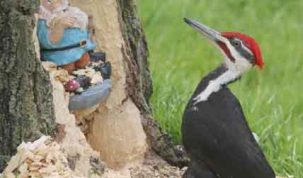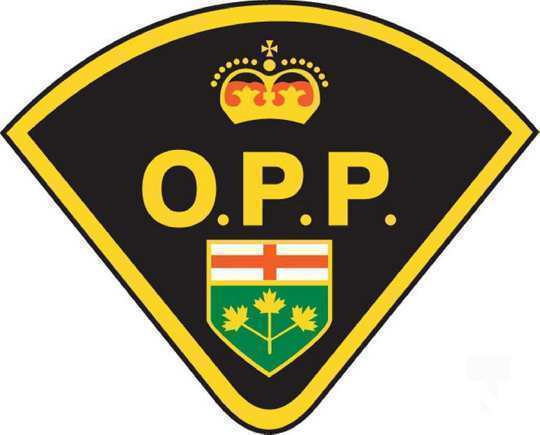By Cecilia Nasmith/Today’s Northumberland
With warm weather approaching, the County of Northumberland is warning that residents may notice high populations of Gypsy Moth, an invasive pest that eats leaves and can damage such trees as oak, birch, poplar, willow and maple (and others).
The Gypsy Moth was first detected in Ontario in 1969. Outbreaks of Gypsy Moth often appear in cycles every seven-10 years, and can last for approximately three years.
Some areas of Northumberland County are expected to experience large populations of the invasive pest this season as part of a multi-year outbreak that has been identified.
County staff have been working in consultation with the Ganaraska Region Conservation Authority and the Nature Conservancy of Canada to combat this outbreak using an Integrated Pest Management approach.
Since last fall, Northumberland County Forest staff have been monitoring Gypsy Moth populations and conducting forecasting to assess future impacts of outbreaks. This monitoring will continue in 2021 to help inform next steps for future years.
In addition, forest staff have also been removing Gypsy Moth egg masses from Special Management Zones in the Northumberland County Forest to help protect areas with high conservation value.
The county’s Acting Natural Heritage Manager Mike Muldoon stated that managing invasive species such as Gypsy Moth is vital to ensuring the health of local trees and forests.
“The Northumberland County Forest is committed to protecting the Forest’s rare and high-value habitats by using effective and environmentally sound management techniques to address pest population,” Muldoon said in the press release.
“As a community, we can also work together to protect our local trees and reduce the spread of invasive pests by making sure not to move firewood, and by maintaining healthy trees and forests to protect them from damage.”
County residents are responsible for managing pests and trees on their property, including outbreaks of Gypsy Moth.
Egg masses can be removed from trees by soaking the eggs in a soap-and-water mixture. Once the Gypsy Moth enters the caterpillar stage of its life cycle, a band of burlap or cloth can be wrapped around the tree trunk to trap caterpillars, which can then be removed by scraping them into a container of soapy water.
For more information about Gypsy Moth and how you can protect your trees, visit Northumberland.ca/GypsyMoth.

























